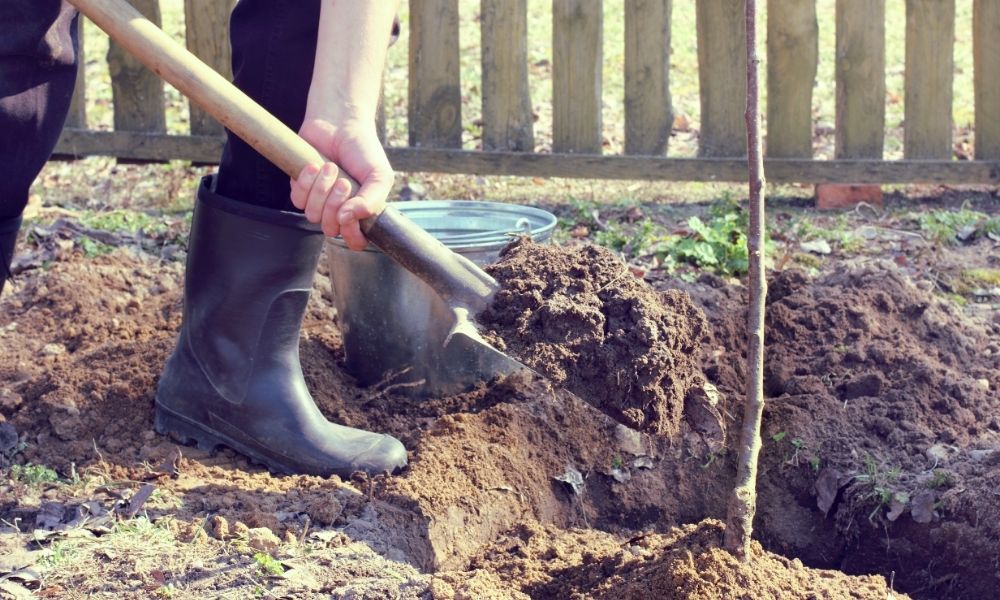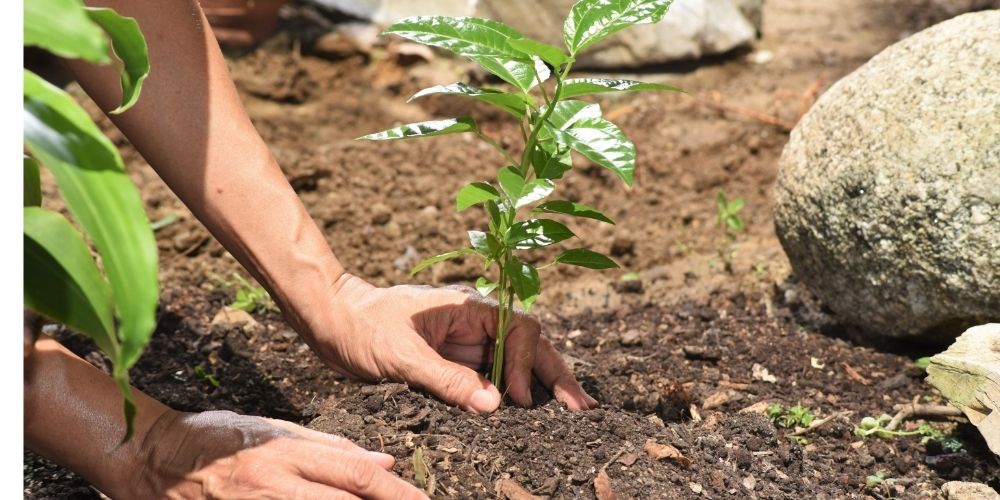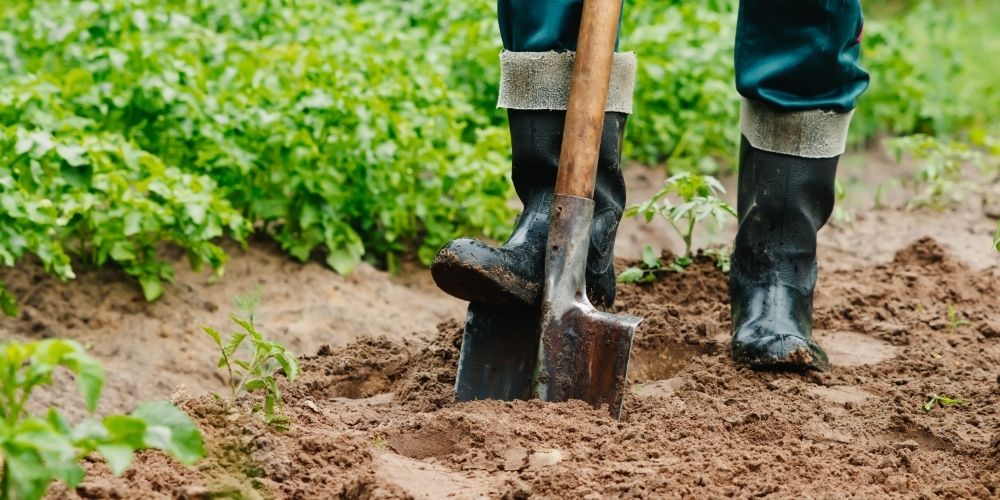
Guide to How to Plant Bare-Root Trees
Are you planning on planting fruit trees at your house? Then you might consider planting a tree with bare roots. This is not a common practice for some people, but it has some benefits. If you’re wondering how to plant bare-root trees, then we advise you to keep reading this blog.
Tree roots need to be handled carefully. This is because they are one of the most vital parts of a tree. But, this doesn’t mean that you can’t consider planting a tree with its bare roots. You just have to be careful and follow the steps we will discuss below.
What Are Bare-Root Trees?
Before discussing how you can plant a bare root tree at home, you must know what it is.
As the name implies, bare-root trees are ones where the roots are not packed in containers or boxes. Most bare-root trees are fruit trees that are dug out of the ground during early spring or late fall. This is because it is the time when they are dormant and have no leaves, flowers, or fruits.
The bare roots are wrapped in damp hay, newspaper, or mulch and then in plastic to make sure they are hydrated. They are then boxed up and sent to their destination.
However, bare root trees can stay like this only for a short time. Besides this, they must be kept in a cool and dark area until you plant them. Your trees can emerge from dormancy if they encounter the sun or heat. If this happens, then they become stressed and may die.
So, once you get your bare root trees, it’s time to know if you can plant them!
When Is the Best Planting Time?

Now you have your bare root trees; but, when is the best planting time?
The best time to plant them is when the trees are dormant in the early spring or late fall. So, don’t rush to plant your trees as soon as you get them. Instead, check your season and weather conditions first.
Besides this, we don’t recommend planting bare root trees during a really sunny day as you can cause them to stress and come out of dormancy.
On the other hand, planting them during a rainy day is perfect! This is because the soil is soft and easy to dig.
What Are the Benefits of Bare-Root Trees?
You now may be wondering, “why should I plant bare root trees?”
Some benefits of bare root trees are that they:
- Grow quicker
- Adapt better to the new soil conditions
- Come on a broader selection of varieties
- Are easier to prune and shape
Next, we will discuss the actual process of planting them and everything to take into account.
Learn How to Plant Bare-Root Trees
Now that you know what bare root trees are, when you should plant them, and their benefits, we can discuss the process. We recommend following these steps carefully if you want everything to go right.
Follow these steps to learn how to plant bare root trees:
- Give proper care to the tree before planting
- Dig the planting hole
- Backfill the hole
- Start planting and watering
- Apply mulch and fertilizer
Tree Care Before Planting
The first step in this process is the care that you have to give the trees before actually planting them.
Firstly, open the package and check that the packing materials around the roots are moist. If they are not moist and are dry instead, then sprinkle them with water to give them a little moisture. Be careful not to saturate them.
Keep the roots moist in a cool place with lots of shade if you are not ready to plant them within a day or two. However, don’t allow them to freeze!
Once you are ready to plant, remove the packing materials and soak the roots in water. You should use a bucket of water with a mild temperature. Do this for about 30 to 60 minutes, but less than two hours.
Remember to keep the roots moist before and during the planting process!
Dig the Planting Hole

The second step is to dig a hole that is twice the diameter of the tree roots. The planting hole should be deep enough that the roots are accommodated without getting crowded or bent.
If it is possible, leave an area of undisturbed soil in the center of the hole. Adjust the height of this area to ensure that the tree’s crown sits at or just above soil level, with the roots spreading downward.
Backfill the Hole
A common practice a couple of years ago was to backfill the hole. You would do this by modifying the backfill soil with compost, peat moss, and other ingredients.
However, some people prefer to leave the backfill unaltered or add fewer ingredients. As a result, this will encourage the root systems to spread out into the soil rather than being confined inside the planting hole.
You should add mycorrhizal fungi and bone meal to the backfill, though. Trees and shrubs with these fungi will extract and absorb minerals and water from the ground. Also, they will adapt better to the new environment and become less stressed.
The bone meal will help provide the essential minerals the tree needs and promote sturdy root and plant growth.
Start Planting and Watering

The next step is to spread the roots over the soil cone. Make sure that the tree’s crown is at a natural soil level. If the crown is too deep, then this could cause plant failure.
Hold the plant upright and start backfilling the hole. You should press soil around and between the roots. Also, eliminate air pockets by pressing the soil with your hands. Continue doing this until the hole is filled.
Next, water the tree by making a ridge of soil around the edge of the hole. This will be sort of like a basin where you will fill with water. Let the water soak in and repeat this several times until the root zone is moist.
Applying Mulch and Fertilizer
Mulching is essential once you’re done planting your bare root trees. This is because it helps preserve water and also prevents weeds.
However, we don’t recommend fertilizing newly planted trees during the first year. The chemicals in fertilizers could potentially kill your young trees. So, wait a year after you’ve planted them.
Learning how to plant bare root trees is really easy if you’re careful to follow the steps. If you need assistance with this job, don’t hesitate and call us! We are more than ready to come and help!



